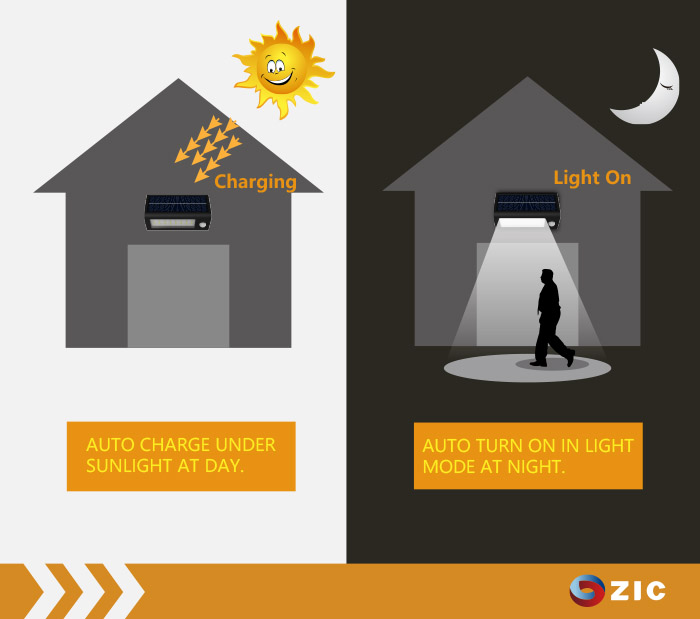PRODUCT CENTER

NEW ARRIVALS
You need to be verified before viewing the new arrivals. Please contact us freely for the account No. and password.

You need to be verified before viewing the new arrivals. Please contact us freely for the account No. and password.
Analysis of intelligent lighting industry in 2018: expanded greatly
Original Source: thousand home network
Traslate by ZIC
According to statistics from the China Business Research Institute, the scale of China's smart lighting market has grown from 1.9 billion yuan in 2005 to nearly 15 billion yuan in 2017, with an annual growth rate of about 25%. It is predicted that the market size of China's smart lighting industry is expected to exceed 26 billion yuan in 2020.

As an important part of the intelligent industry, intelligent lighting is also the future development direction of lighting. With the development of technologies such as Internet of Things, communication, and electronics, intelligent lighting can sense environmental changes, automatically adjust light intensity, improve lighting quality, and save energy and reduce emissions, creating a more humane environment for users. According to statistics from the China Business Research Institute, the scale of China's smart lighting market has grown from 1.9 billion yuan in 2005 to nearly 15 billion yuan in 2017, with an annual growth rate of about 25%. It is predicted that the market size of China's smart lighting industry is expected to exceed 26 billion yuan in 2020.
I. Overview of the development of intelligent lighting industry in 2018.
The intelligent lighting industry has ushered in a rapid development stage. Major enterprises are investing heavily in the research and development of intelligent lighting technology, and launching application solutions such as smart homes, smart buildings and smart cities. Due to the huge industrial chain involved in intelligent lighting solutions, chips, sensors, LED screens, communication modules, connection protocols, cloud platforms, etc. face huge market space. Qianjia.com believes that in 2018, the following market trends are particularly evident in the smart lighting industry.
Vicious cycle of price war
Due to the cold winter investment in the global economy, the development of the domestic real estate industry is subject to regulations, which affects the lighting needs of new residential buildings. Intelligent lighting faces many challenges. At present, there are too many lighting companies in China, the strength of enterprises is uneven, and the production capacity of low-end lamps is excessive. Oversupply, many lighting manufacturers sell a large number of products below cost price, and even send products for free to get projects, which easily leads to the failure of the project to affect the market's reputation for intelligent lighting. The company has no profit at all, and most domestic manufacturers are in the lighting. Downstream of the industrial chain, it is difficult to master chip technology. In order to acquire high-tech such as chips, it has to pay high cost to upstream companies and be subject to technical standards. The situation of enterprises is even more difficult, and it is easy to fall into the dilemma of the break of the capital chain.

Intelligent lighting scene widening
Benefiting from the digital controllability of intelligent lighting, through the wired and wireless communication technology, the lighting products and sensors are part of the Internet of Things, users can remotely control the lighting equipment, and can also analyze the user habits with big data and dynamically sense the situation in the building. In order to monitor the energy consumption of lighting equipment, it meets the development needs of smart green buildings.
Therefore, in addition to application in home communities and buildings, intelligent lighting has expanded into other scene areas:
(1) Landscape lighting: Large-scale events are frequently held. As a unique visual art, lighting has become an important part of performances, and is no longer limited to professional theater performances, concerts and music festival performances.
(2) Night lighting: The state plans to cultivate about 1,000 characteristic towns by 2020. Due to the considerable economic benefits of the night tour, the local government attaches importance to it and the investment will be strengthened. The lighting project with LED lights as the main component is essential. . According to the National Semiconductor Lighting Engineering R&D and Industry Alliance statistics, the LED application market in China reached 534.3 billion yuan in 2017, an increase of 24.7% over 2016. Among them, landscape application accounted for 14.9%, but under the trend of green environmental protection, it also further improved the energy consumption technology of intelligent lighting enterprises and the requirements for controlling the cost level.
Smart city: street light is the entrance

With the continuous deepening of urbanization, China's smart city construction has entered the stage of building a new smart city. The construction of the Internet of Things platform, the construction of smart city management, and the construction of smart transportation are the key points. Among them, the smart street lights as an infrastructure attract more attention from intelligent enterprises. Smart street lights combine sensors, video surveillance, display, wireless communication base stations, charging piles and other equipment to build a multi-functional street light system. The functions include: street light management, environmental monitoring, video surveillance, charging management, and information promotion. According to public information statistics, as of September 2018, more than 25 provinces/municipalities have launched smart streetlight projects.
However, due to project cost commitment, post-maintenance troubles, data analysis and utilization effects are not in line with actual needs, implementation departments and maintenance departments have low communication and cooperation efficiency, and currently have fewer applications in community buildings. With the development of Internet of Things technology, smart street lights will be more “AI-like”. Through the Internet of Things, smart street lights will form a network of interconnected data, and the big data uploaded by each street lamp will be collated and distributed through the software platform. Handle and effectively realize the all-round wisdom management of the city.
For more latest news and promotion, please leave your E-mail address.
Your Email
You need to be verified before viewing the new arrivals. Please contact us freely for the account No. and password.